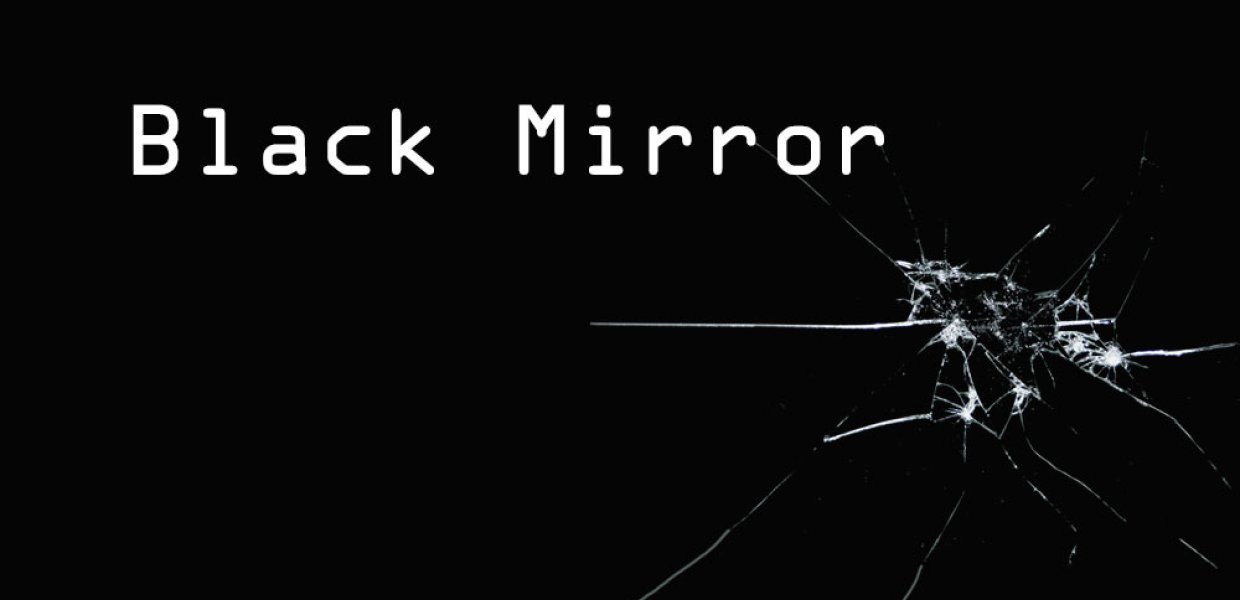Black Mirror is one of my personal favorite TV series, and it belongs to the near-future science fiction sub-genera that imagines a future only a short time away from the period in which it is produced. The challenge of near-future science fiction is that for it to be believable it needs to closely align to the latest developments in science and technology. It means that it has the potential to become obsolete or even come to pass in the lifetime of its creator. The title "Black Mirror," according to its creator Charlie Brooker, refers to “the one you will find on every wall, on every desk, in the palm of every hand: the cold, shiny screen of a TV, a monitor, a smartphone.” It is really interesting to see how Black Mirrors (mentally) forces people to think about the relation between social media and the psychology behind that.
Perfect Memory?
In the third episode of Black Mirror Season One (“The Entire History of You”), people live in an alternative reality where most people have ‘grains’ recording everything they have done, seen, and listened, and allowing them to play back their memories in front of their eyes or project them on the screen. In this setting, human memories are being idealized—all the senses of yours are now being restored and can be shared. In other words, people will never forget things like where you left your keys ever again. But there are some questions that we might need to consider: Would it be great for winning arguments by showing people what they have done? Would it destroy a healthy relationship? Since after all, how much do you actually want to know about each other?
Also, the ‘grain’ is implanted behind people’s ear and it records and stores their vision, hearing, and all the activities. It gives a sense of what our future might look like—imagining every digital device that we have nowadays will eventually be replaced by a tiny chip, and this chip would be implanted and become a part of our body. In the reality, there was an actual case of implanting a chip inside the body. On 2014, a Dutch entrepreneur, Martjin Wismeijer, implanted a near-field communication (NFC) chip under his skin so that he can use his hand to access his Bitcoin wallet. Having a chip in his hands allows him to do things like give out his contact details by simply having his hand scanned, or make payments with the hand containing the encrypted wallet.
AI and Big Data?
“Be Right Back” is the first episode of the Black Mirror Season Two, and in this episode, artificial intelligence can replace a person based on his/her past online communications and social media profiles. Specifically, Martha starts to try a new online service that allows people stay in touch with the deceased after her husband Ash died in a car accident. Martha uploads videos and photos of Ash to the service’s database, so that the AI can duplicate Ash’s voice to talk to Martha over the phone. Furthermore, this online service introduces Martha the next product of their services—a body made of synthetic flesh that the program can be uploaded onto. This synthetic body looks almost exactly like Ash, and it can even satisfy not only psychological needs but also physical demands that Martha has. Like every other episodes of Black Mirror, there is always an inevitable breakdown. The emotional climax of the episode is when Martha says to the AI Ash, “You’re just a few ripples of you. There is no history to you. You’re just a performance of stuff that he performed without thinking, and it’s not enough.” It makes us to look at ourselves and think, “what makes us human? Based on so many unseen and intangible things that come together to make up the people we love.”
In reality, there is an emerging app that allows people to speak to avatars of your decreased loved ones and make them live on forever in your smartphone. It combines 3D technology and artificial intelligence to recreate the image and personality of those who have passed away. According to ELROIS, a South Korean firm that develops the app, “Its goal is to help mourners overcome their wounded-heart.” In order to do so, first you have to 3D-scan your living friends or family members. And then once the avatar is completed, a reshaping and auto-rigging technical process will make the avatar animated. Finally, users can take selfies with these animated avatars and even have conversations with them.









